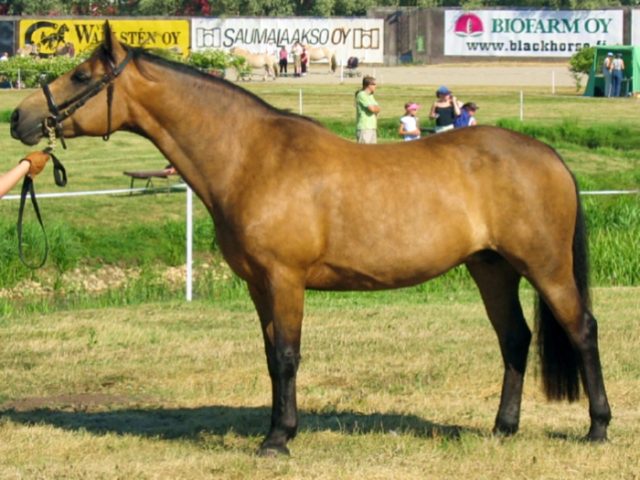Type the name of the breed you're looking for below
[wpdreams_ajaxsearchlite] Don't see the breed your're looking for? Click here and let us know!
Connemara pony
| Country Of Origin | Ireland |
| History and Background | The Connemara region in County Galway in western Ireland, where the breed first became recognised as a distinct type, is a very harsh landscape, thus giving rise to a pony breed of hardy, strong individuals. Some believe that the Connemara developed from Scandinavian ponies that the Vikings first brought to Ireland. Another source was likely the Irish Hobby, a now-extinct breed established prior to the 13th century. Legend, however, says that galleons from the Spanish Armada ran aground in 1588, and the Andalusians on board were set loose. The Spanish horses bred with the native stock, refining the local ponies. For additional strength and stamina, Arabian blood was added in the 18th century. They were also crossed with Hackneys and Thoroughbreds. Too much crossbreeding began to dilute the pony bloodlines, so the Connemara Pony Breeders' Society, founded in 1923, worked to preserve the breed type. The stud book was established in 1926. Today, Connemaras are bred worldwide in Ireland and Britain, as well as on the European continent, North America, Australasia and South Africa. |
| Use Today | Eventing pony, Competition pony, Sport pony, Pleasure pony, Harness pony |
| Height | 12.2 and 15 hands (50 and 60 inches, 127 and 152 cm) high |
| Colour | Bay, Black, Buckskin, Chestnut, Dun, Grey, Brown, Roan, Palomino |
| Characteristics | The original breed standard is set by the Connemara Pony Breeders' Society of Ireland, and also used by the British Connemara Pony Society. The adult Connemara pony is usually 128 to 148 cm in height, with a strong back, loins and hind quarters, deep and broad through the ribs, and with a riding-type well laid-back shoulder and well-placed neck without undue crest, giving a good length of rein. The head should be of pony type, broad between the eyes, which should be large and appear kind, and with a deep but refined jaw and clearly defined cheekbone. The ears should be of pony type (relatively short). The legs should be relatively short from the knees and hocks to the ground, with a strong, muscular upper leg, strong and well-defined knees and hocks, and well-shaped hard feet which are of a medium size. The action should be free, active and easy. Permitted colours are grey, black, brown, bay, dun, roan, chestnut, palomino and dark-eyed cream. Pinto colouring (piebald and skewbald) is not accepted. If a Connemara pony is to be passed as Grade 1 on inspection by the Connemara Pony Breeder's Society, it must meet the breed standard; if it does not meet this specification then it will be given a Grade 2 or Grade 3 on inspection. Connemaras in North America range from 13 to 15 hands (52 to 60 inches, 132 to 152 cm). |
| Personality and Temperament | The Connemara pony should be intelligent with a good temperament, suitable for adults and children; it should be hardy with good endurance; it should be sure-footed, sound, and able to jump. |



